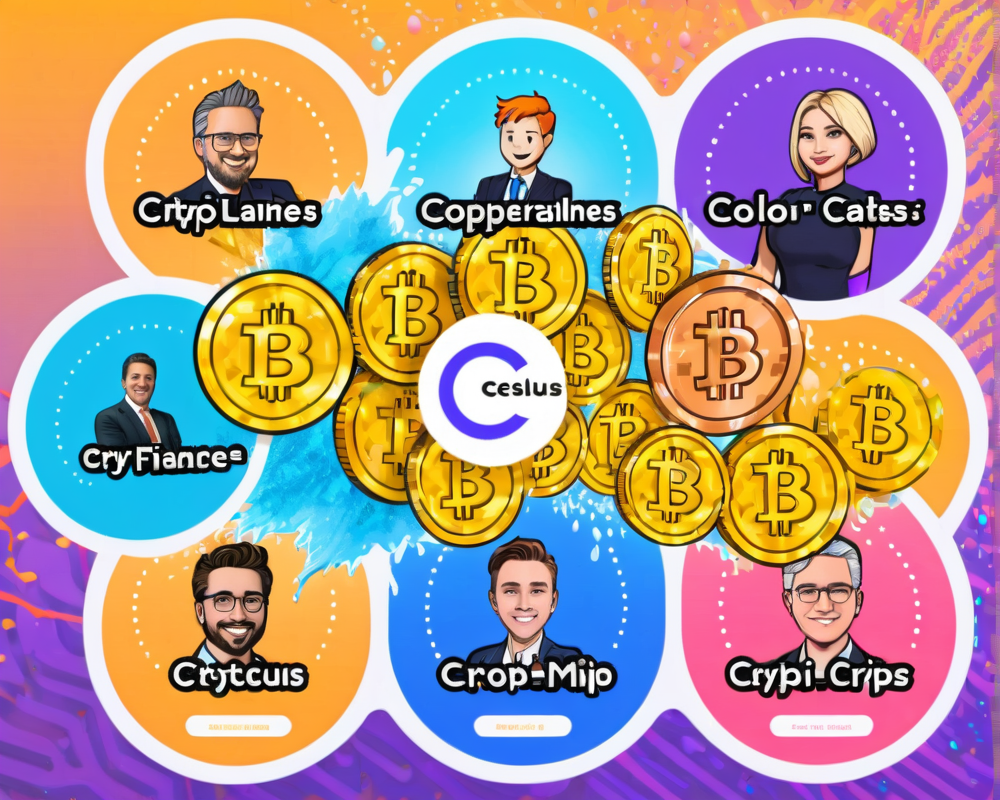The Surge in Mail-in Voting: A Response to COVID-19
The 2020 United States presidential election saw a dramatic increase in mail-in ballots, all thanks to our old frenemy, COVID-19. Voters were less inclined to brave the polling booths, preferring the comforts of their homes—pajamas and all. But with the rise of mail-in ballots came a slew of pesky challenges: postal delays, rejected ballots, and a general sense of confusion. Who knew voting could feel like trying to get your Amazon package delivered during the holidays?
The Call for Innovation: Enter Blockchain
In the wake of these challenges, there was growing chatter about finding better ways to vote. Naturally, the crypto enthusiasts came charging in, waving the blockchain flag like superheroes. Advocates argue that blockchain could provide a transparent, trustworthy way to cast votes, ushering in an era of voting where fraud was as likely as finding a unicorn in your backyard.
Security Concerns: The Dark Side of Digital Voting
However, before we draft up those superhero capes, some researchers at the Massachusetts Institute of Technology threw a proverbial wet blanket on the blockchain party. Their study revealed that online voting systems, particularly those using blockchain, are vulnerable to cyber attacks larger than your average Tuesday night pizza binge. They highlighted Voatz, one such blockchain voting platform, as still struggling with data security issues. So, while we dream of a blockchain paradise, we must confront the ruthless realities lurking beneath.
Blockchain Voting: The Optimists’ Perspective
Despite the glaring security issues, many are still optimistic about the future of blockchain in voting. Maxim Rukinov, a blockchain aficionado from St. Petersburg State University, shares this vision. He claims that blockchain voting could cultivate a trustworthy election environment—ideal for participants who might not trust each other with their WiFi passwords, let alone their votes. He and his team are working on “CryptoVeche,” an online voting system designed specifically for enterprise use, that promises more security than your average neighborhood watch.
Technical Hurdles: What Remains to Be Overcome?
Of course, there are significant hurdles to clear. From voter registration to ensuring every vote counts without a hitch, the technical challenges are as real as the number of cat videos on the internet. With blockchain systems, accurate transaction verification relies on a consensus mechanism—essentially a vote within a vote, ensuring things don’t go haywire. If only the same could be said for our family reunions!
A Glimpse into the Potential
Despite these limitations, there’s undeniable potential for a secure and transparent voting process through blockchain technology. Dylan Dewdney from Kylin shares that decentralized infrastructure may enhance trusted election outcomes—a tantalizing prospect in the face of electoral distrust. With systems that allow users to validate data organically, we might just be cooking up a recipe for electoral success, minus the typical side of chaos.
Rukinov envisions a future where voter eligibility, verifiability, and immutability become the holy trinity of voting. With protocols like digital signatures and zero-knowledge proofs on the horizon, we may very well unlock the door to a voting experience that even grandma would approve of.




